~ October 14, 2024
This past week Zach and I were able to attend the Savanna Institute’s Perennial Farm Gathering in Spring Green and Madison, WI. The kiddos had a great time holding down the farm with Grandma and Grandpa while we were able to attend educational sessions, participate in some incredible small-group conversations, and take a tour of the research demonstration farm in Spring Green. The Perennial Farm Gathering brought together a wide community of land stewards, farmers, and perennial enthusiasts who gathered to share work, research, and lessons learned in panels, workshops, deep dives, and nutshell overviews – all to advance perennial agriculture.
The Savanna Institute’s mission is to “transform Midwest agriculture. Inspired by the oak savannas native to the region, the Savanna Institute conducts research, education, and outreach to support the growth of diverse, perennial agroecosystems in the Great Lakes and Upper Mississippi watersheds. We envision a multifunctional agriculture in the Midwestern US based on agroforestry systems of integrated trees, crops, and livestock that fosters ecological resilience, climate stability, economic prosperity, and vibrant communities.” Savanna Institute is leading the way in agroforestry research and I would highly encourage anybody who is interested in learning more about these practices and research to visit their website for a comprehensive overview of everything they have in development.
Before we give a recap of the Perennial Farm Gathering, here’s a quick overview of what agroforestry and perennial agriculture is: “Agroforestry describes regenerative farming practices that integrate trees and other perennials with livestock in agricultural systems. There are many ways to include trees into your farm systems. We break down five agroforestry practices that might be an option for your land: windbreaks, riparian buffers, alley cropping, silvopasture, and forest farming.” The tree crops being studied for these practices are: Black Currant, Elderberry, Persimmon, Honeyberry, Mulberry, Serviceberry, Aronia, Pawpaw, Black Walnut, Chestnut, Hazelnut, Heartnut, and Black Locust. Additionally, other trees such as different types of Oaks, Maples, Poplar, Pine, Willow, Bald Cypress, Hardy Pecan, Shagbark Hickory and more are vital to incorporate into these practices to ensure species diversity. You can read more about each of those practices, benefits, and the supporting research on Savanna Institute’s website.
With that knowledge, let’s recap of some of our key takeaways from the #PFG2024:
Agroforestry is Necessary!
I promise we aren’t just biased because we’re tree people! I firmly believe that incorporating agroforestry practices on our land will heal and regenerate our ecosystems. We already know so much about the Social, Economic, and Environmental Benefits of Trees in the landscape, but here are a few more ways that Agroforestry practices contribute positively to our systems such as building food security, fostering sustainable communities, diversifying family farm income, improved livestock comfort, regenerates the soil and ecosystems, purifies the air and water, sequesters carbon, provides habitat, and captures fertilizers and pesticides.
Many farmers, landowners, and perennial enthusiasts are already participating in Agroforestry! Technically speaking, if you’ve planted a windbreak, you’re an agroforester – Welcome! There are double the amount of “agroforesters” than there are registered organic farmers. We can continue to educate ourselves and others about these practices and benefits to expand what we think of as agriculture in the Midwest.
Returning to our Roots: The Past (and Future) of Agriculture is Perennial
The keynote speaker for the PFG was indigenous chef Sean Sherman, founder of Owamni restaurant in Minneapolis, MN and North American Traditional Indigenous Food Systems (NĀTIFS) nonprofit. “Chef Sean Sherman is an award-winning chef, educator, author, and activist. A member of the Oglala Lakota Sioux tribe, Sean’s personal mission is to revitalize Indigenous food systems and build awareness of the transformational potential of Indigenous foodways to restore the health, local economies, culture, and food sovereignty of Native people.” His restaurant, Owamni, is a “full-service Indigenous restaurant created by The Sioux Chef in 2021 for the purposes of job creation (featuring a majority Native staff), moving more Indigenous products developed by Native food producers, and showcasing true North American Indigenous foods and culture.” Chef Sherman’s nonprofit, NĀTIFS, “is dedicated to addressing the economic and health crises affecting Native communities by re-establishing Native foodways.” His keynote address gave a deep dive into indigenous ways of regenerative farming with the land, as well as an in-depth history lesson about the colonization of America and the forced removal of indigenous groups, which drastically disrupted their food systems, public health, farming knowledge, and tribal sovereignty. His mission now is to elevate Native communities, leaders, growers, chefs, and entrepreneurs through creating new restaurants, sustainable food systems, and regenerative farms. Modern scientific research and traditional knowledge both support agroforestry and permaculture practices. If we look to history we see a diverse landscape of crops supporting communities and regions. It’s important to learn from the past and take what we need to shape our future.
Emerging Markets – The Way Forward is Together
Market development was a hot topic at the Perennial Farm Gathering this year. It’s great to plant tree crops as alternatives but it’s a hard sell if there’s not a local market for the products. Organizations such as American Hazelnut Company and the Midwest Elderberry Cooperative were created to jumpstart Midwestern markets for their respective crops. How do you create new food systems and communities through scaling up operations without encouraging a monoculture? These were some of the questions and conversations had around emerging markets and value-added product development.
People are yearning for connection to the land and are searching for opportunities to support or experience small farms. How can we make those connections to the land available to people? There were a lot of creative farmers who shared the ways that they have been adapting and growing to incorporate educational events into their farming operations. Something that stood out to me was the farmer cooperatives – groups of farmers coming together to pool their resources, equipment, expertise, and labor for the betterment of the community.
Before the Perennial Farm Gathering began, we attended the first annual meeting of the Agroforestry Coalition. The Agroforestry Coalition is working to scale up agroforestry in the U.S. Based around Working Groups like Nurseries, Demonstration Farms, Financing, Communications, Policy, etc. members brainstorm and work together to create tangible action items or policy recommendations. Their policy team is working with legislators to improve funding for NRCS and supporting grant programs that are directly tied to funding agroforestry projects. It was an interesting meeting with folks across multiple sectors from farmers, to nonprofits, venture capital firms, government organizations, and other co-op leaders. I’m curious to see where the Agroforestry Coalition will go and what will come of their efforts!
Overall, we had a great time learning from some incredible farmers, researchers, leaders, and activists. We’re inspired by the incredible work being done to create new food systems and strengthen communities through agriculture. And we’re thrilled that this work is all centering around TREES and the immense social, economic, and environmental benefits they bring to our land. We’re grateful for the new connections made in this work so far, and are excited for the future of perennial agriculture!
~ Maggie Thomas Harper
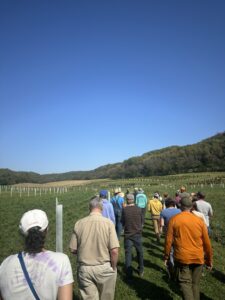
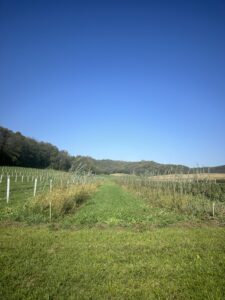
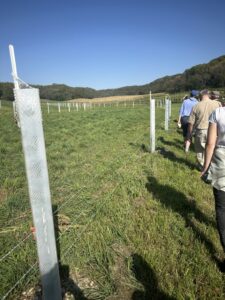

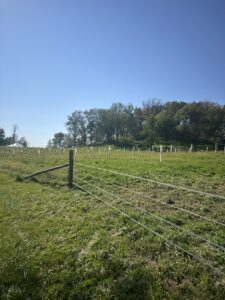
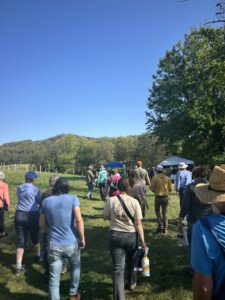
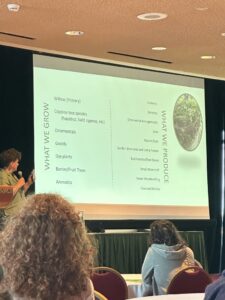
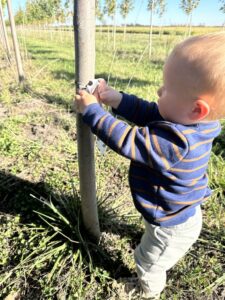
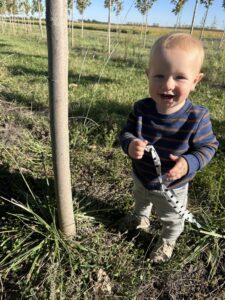

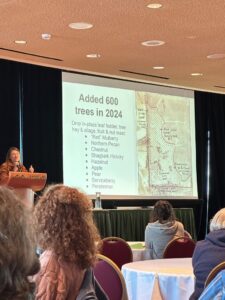
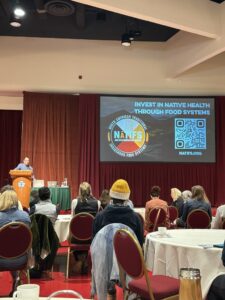
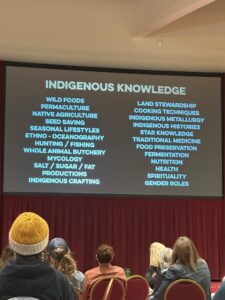
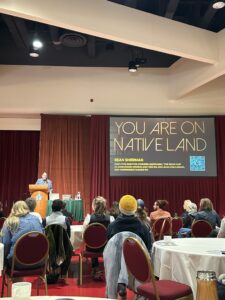
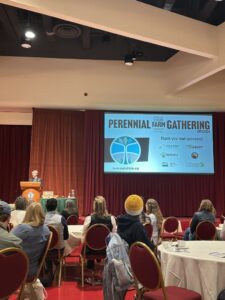
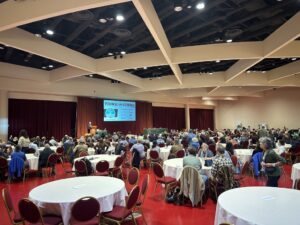
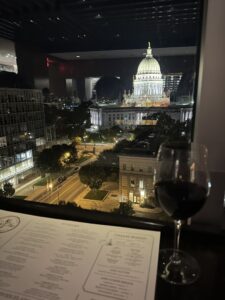
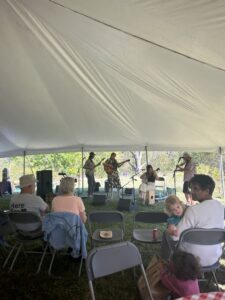
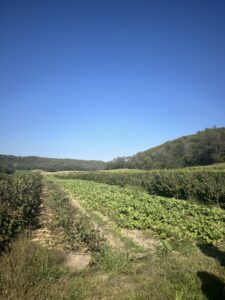
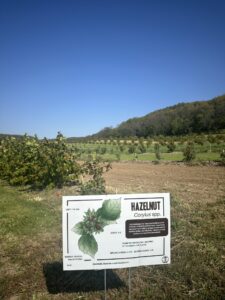
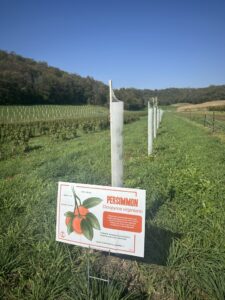
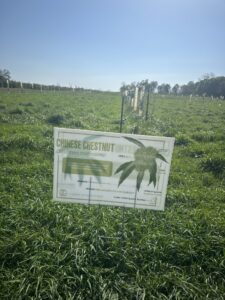
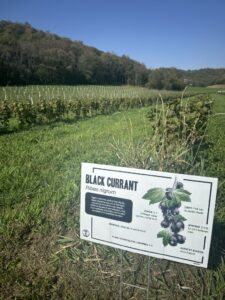

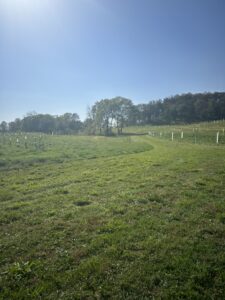
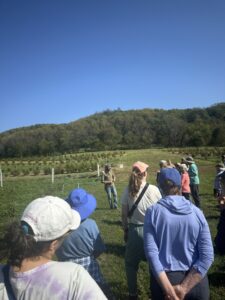
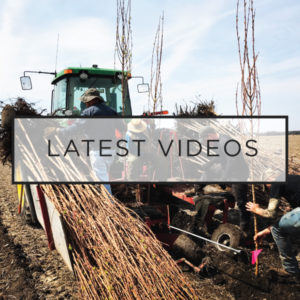



Leave a Reply